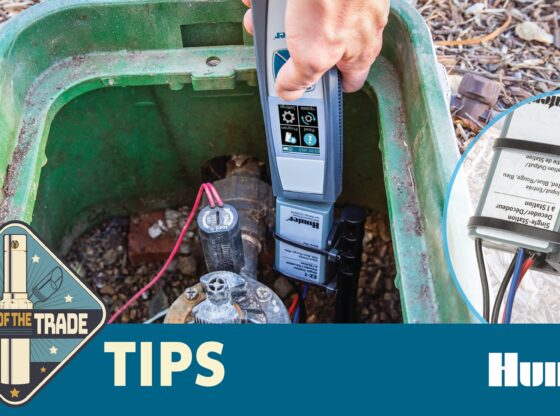Much of our service area is locked into an extended drought. This after a very mild winter. With irrigation products being a large part of our sales, we always like a little drought. I said a little drought, what we have going on now is too much of a good thing.
Landscapers who do snow and ice removal suffered with reduced income this past winter. Landscapers who mow grass are hurting right now.
Contractors who do irrigation have been exceptionally busy with service and modification work. Many are stating they are now booked at least through August. It has been a good irrigation year. The fall will likely continue the earnings potential as lawn renovations kick in. If the weather holds out we may be in for an extended irrigation season.
I have lived through 4 such droughts now. Each time the elevated irrigation demand continues through the winter all the way into mid summer the following year.
After looking at NOAH and other weather forecasting services, it appears the weather pattern we see now is going to continue awhile longer.
Final irrigation point: Don’t drop your prices!! Why when there is plenty of demand do I see so many contractors selling on very low price? It is unnecessary. I know we are in an industry where suppliers and contractors are so price focused. But really, when demand is there make some money!
Landscapeonline.com is warning that grub infestations will be a problem earlier and more serious because of the mild winter. I’m not a pest control guy, but with the drought stressed and damaged lawns this could be a problem.
Other landscape features are not so affected by weather. Lighting installations, for example, have been going very strong all year. Lighting has seen growth every year since the recession.
Water features got creamed with the recession. But this year renovation work has been strong and new installs picked up. It’s not that the recession is over, it’s not, but people have adapted to it. Many feel secure in their jobs or company’s health and seem a little more apt to spend money on their homes.
Residential drainage work started strong, but once the drought conditions hit dropped off. Not sure if that’s because homeowners don’t want to spend the money or if contractors stopped offering it.
One area seemingly stuck at low levels is commercial work. There are pockets with nice jobs happening. Contractors are fighting hard for those jobs. The rest of the area has nothing more than what has been seen the past two years. American businesses are still sitting on their cash afraid to make big investments because they don’t know what the tax and regulatory environment is going to be like.
Governmental agencies that drove commercial construction the few years have backed off too as funding dries up. We are obviously in for another one, two, maybe three years before commercial construction can start showing healthy growth.
LandscapeOnline.com published a survey done by the American Institute of Architects, American Society of Landscape Architects, and the Professional Remodeler magazine. The survey identified strong demand for “outdoor living “ features. Here’s the top five;
- Cooking areas
- Fire pits or fireplaces
- Seating and dining areas
- Lighting
- Hardscape seating areas.
No surprise, landscapers offering such features have been doing pretty well the past few years. Homeowners shifted their thinking with the recession. Homes are once again considered a place you live for a long time. For a generation homes became an asset that always grew in value and easily traded. An enjoyable living environment is now in fashion.
By the way, July is the Irrigation Association’s Smart Irrigation month. The industry is supposed to be spreading the word how we can reduce irrigation water usage through new technologies and best practices. Which there are some very nice technologies out there and the best practices have been proven over 50 years of trial and error to work.
One of the technologies is the ET based controllers. The Rain Bird SMT just earned the EPA WaterSense label. You’ll now see the little EPA emblem on the controller. Interestingly, sales of such controllers are still small as most contractors are hesitant to employ them. I would encourage anyone who has rejected or avoided ET based controllers to take a fresh look.
The message is simple, let the controller decide when and how much to irrigate based on the conditions at that property. Homeowners easily get the message. Yes, there is some extra set-up work. But you can simplify it by not using all the features. So what if you are only saving 20% of the water compared to 30%. If you need some help ask us!











